Jun 23, 2018
Urayasu to Ginza on a mamachari
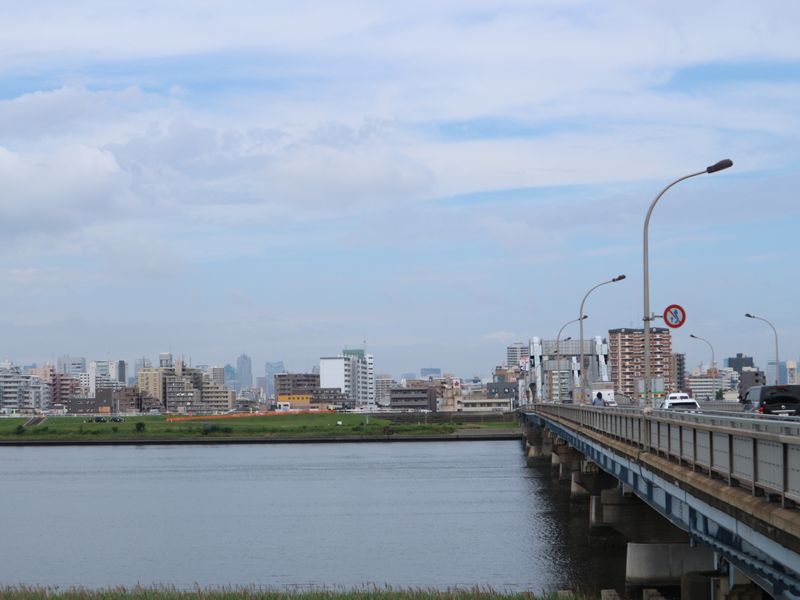
It's somewhere in the range of 15 - 20 km from where I live here in Urayasu, Chiba to the Ginza area of Tokyo. For reasons that aren't important right now circumstances arose that required me to make this journey on my "mamachari," - those brutally functional "shoppers" (as we would call them back home) that appear part of the fabric of daily life in Japan.
Urayasu to Ginza is a journey that I would normally undertake via the Tokyo Metro Tozai Line, the line which holds the unenviable title of servicing the most overcrowded of trains (at its peak - somewhere around Monzen-nakacho to Nihombashi) in the Tokyo area.
In recent months, as I've forced myself into a variety of uncomfortable contortions in order to fit in between the bodies of the army of knackered office workers that pack the Tozai Line to bursting, I've begun to question whether or not life might have something better to offer than this daily, sweaty and irritable, routine.
The timing was apt then. I'd been contemplating the possibility of making the Urayasu to Ginza run by bicycle for sometime now and here was a chance to give it a try.
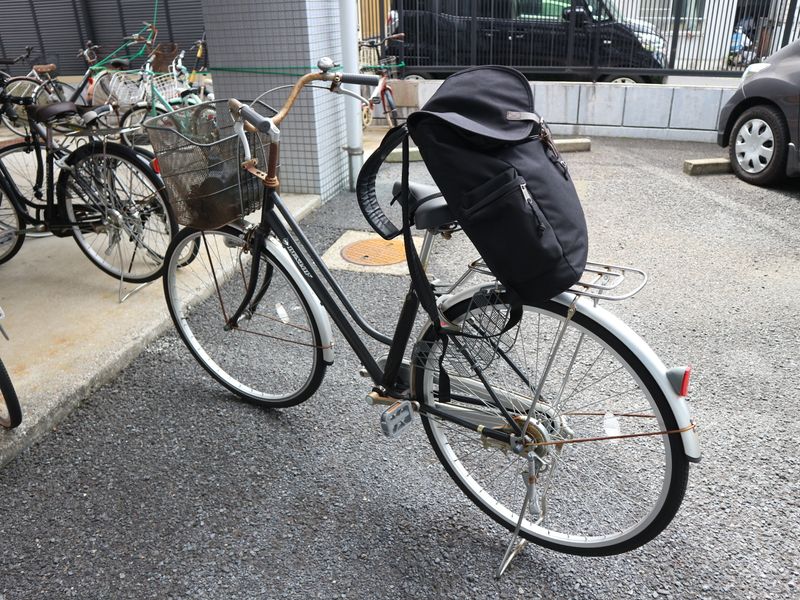
Of course, your standard mamachari has all the stealth and weight distribution of a tank but if it could get me from this A to this B in a not unreasonable time, maybe I could justify the purchase of a more speedy bit of cycling kit.
The journey, as documented in these images, took around two hours. There are some quantifiers though -- the first is that I was unsure of the route so I had to keep stopping to check my bearings. Another is that I kept pulling over to take photos. And finally, my mamachari isn't one of those fancy "assist" jobs with a toy engine, and nor does it have any gears.
From Urayasu to Ginza, being so close to Tokyo Bay, the way is intersected by rivers the crossing of which sometimes means getting off to push the bike up winding steps / slopes to get onto the bridges from where you can take in the view of these great bodies of water groaning under the strain of the concrete straight jackets that Japan seems so keen to slap onto the edges of its waters.
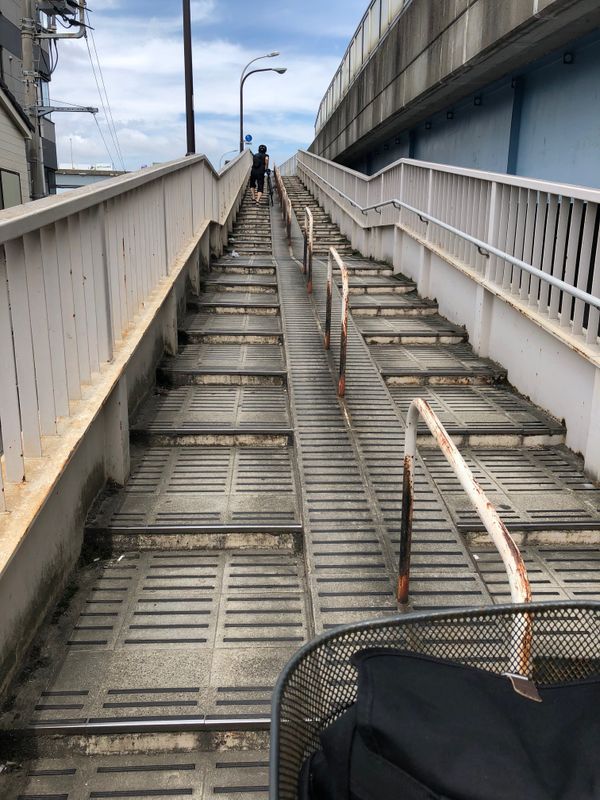
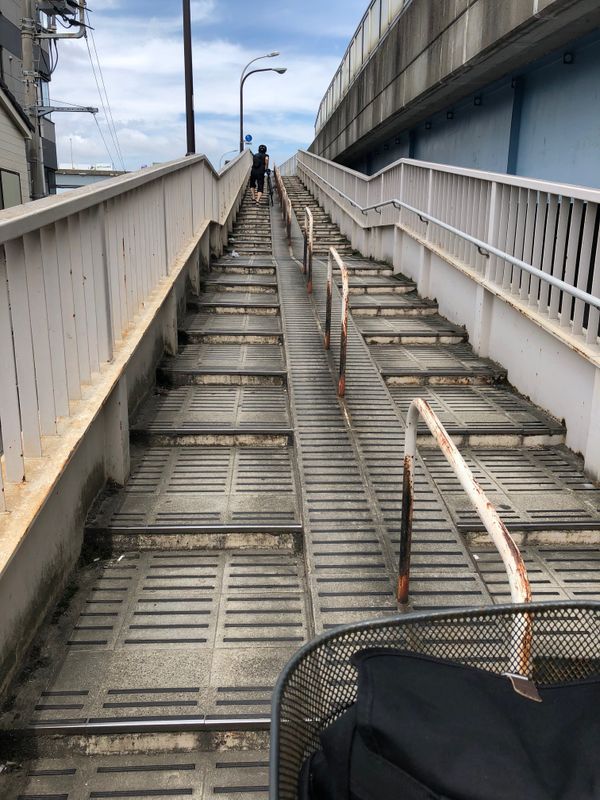
The going is straight for the most part though, and the nervous cyclist (or one without the headgear) can stick to the sidewalks.
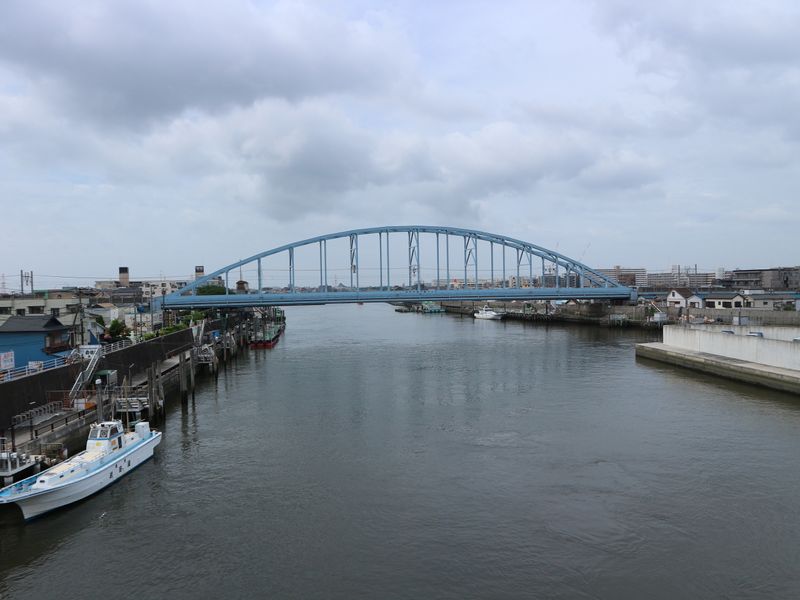
The Kyu-Edogawa, the Arakawa, and the Sumidagawa (and all the little tributrys and canals in between) cut up sections of the urban sprawl which, in the early stages, are largely dominated by massive apartment complexes, family restaurants, and parks. Aside from the occasional view to Tokyo Skytree the scenery is far from spectacular, but the mamachari handles things well.
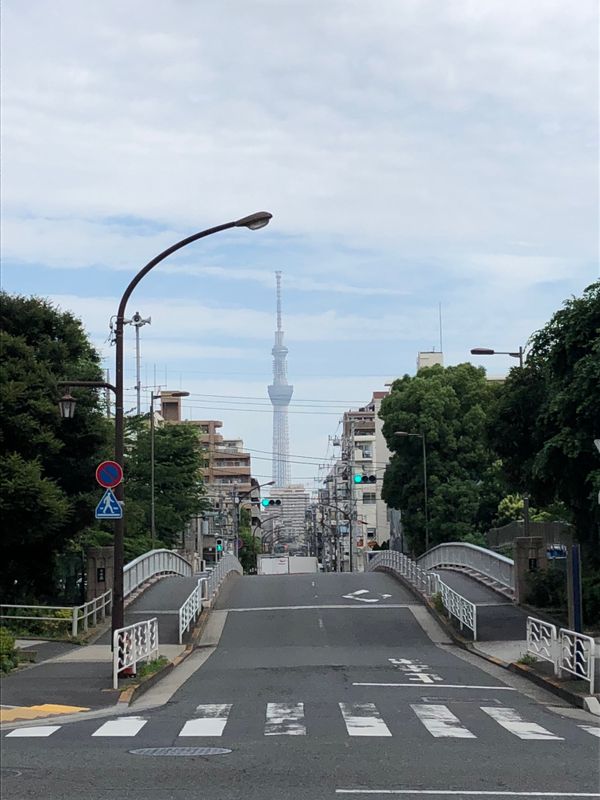
It's at the crossing of the Sumida where things take a turn for the more eye-pleasing, or at least the dramatic. From the center of Eitai Bridge, to the south the cyclist gets an eye full of the marvelous symmetry of the apartment buildings that rise from the tip of Tsukishima. To the north, Tokyo Skytree. It's enough to make the dead-weight of the mamachari feel a little more alive.
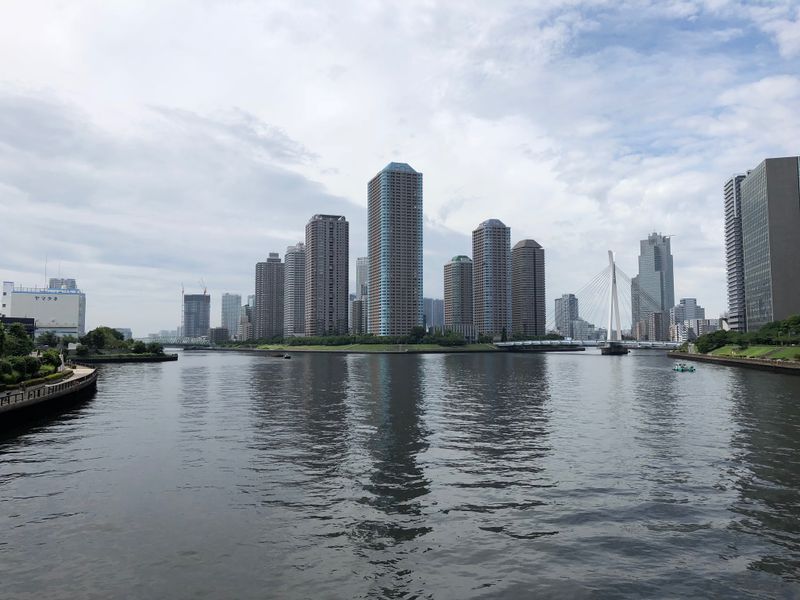
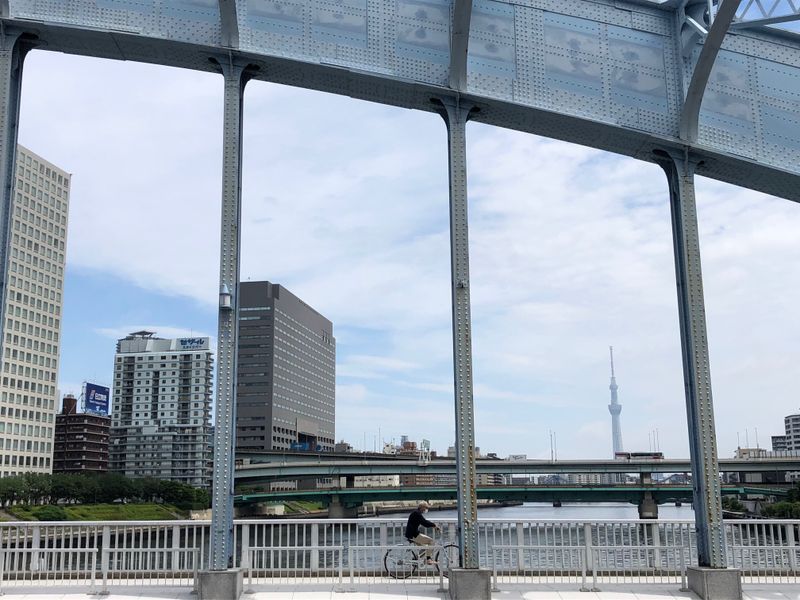
After Eitai Bridge the cyclist enters Tokyo's Chuo Ward and here things become far more "city." Sidewalks are narrower and more crowded and the potential of getting in the way of someone walking with sense of purpose is greater. It requires a bit more stealth to cycle in these parts, something which the mamachari emphatically lacks! Some the main thoroughfares though, have a special cycling lane as part of the sidewalks (although a lot of the foot traffic seems to care little for the division).
Still, the scenery is more entertaining. One of the main reasons for this is that it all seems so new and unfamiliar.
I've passed through these streets for years now, almost always on foot with courses plotted with train stations to anchor the way.
On the bike for the first time, I had the strange feeling of kind of knowing where I was, looking up to see the familiar landmarks, but with eyes at street level feeling like I'd never been there before
.
I enjoyed it. On the trains and in cars, scenery passes by too quickly to really register. On foot, it’s all so slow that nothing seems to chance. On two wheels though, sights, sounds and smells pass by quick enough to be entertaining, but slow enough that they can all be registered and filed away in the memory.
I recon, with a lighter, speedier bicycle, I could do the Urayasu to Ginza run in just over an hour (if I get lucky with the lights). So now I'm thinking about buying some sort of hybrid machine to take over from the mamachari.
I remain concerned about doing this run every day, particularly in the height of summer, but even if it gives me just an every-now-and-then alternative to the cattle-truck experience of the Tozai Line commute, any effort, tired legs, and financial outlay on a worthy bike must surely be worth it.
How far would you be prepared to commute on a bike?



2 Comments
BlueButterfly
on Jun 24
I used to ride the way from Eitai bridge to Kasai very often to visit a friend. For your next trip I recommend you to use the Kasai bridge (which is less higher than the Kiyosunao bridge) and then go to the Sendaiborigawa Park. it is a very great park area, which will lead you from the bridge to Kiba, without stopping at any traffic light. Also you can enjoy to drive through a lot of green. The ridding time should be the same or even faster.
SalarymanJim
on Jul 6
Sounds like this borders somewhere around just about doable and just a little bit too far